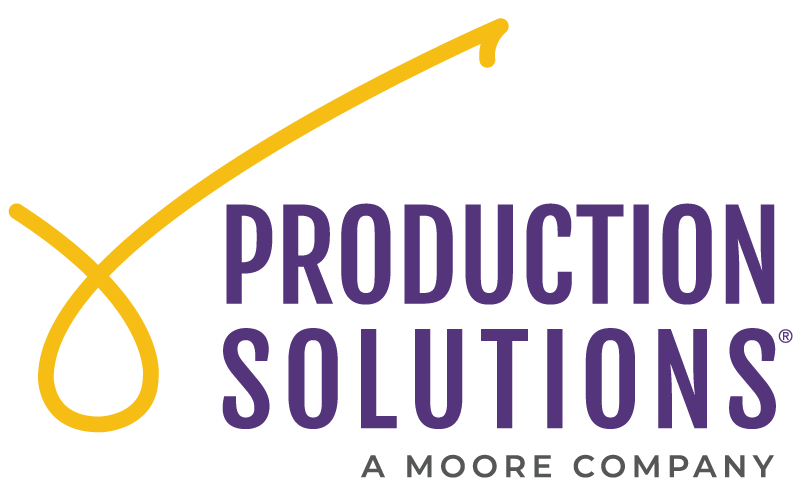8 (Proven) Ways to Raise More Funds by Optimizing Donation Forms

Janel Clement
Director of Digital ServicesAs the year-end giving season approaches, and you are busy strategizing and writing the perfect campaign messages, now is the ideal time to give your organization’s donation forms some love in the form of careful review, updates, and testing.
In our industry, there is plenty of effort expended on getting people to visit online donation forms. You’ve segmented your file. Sent emails. Posted on social. Placed a prominent donate button (better yet — a homepage popup) on your website. Even did some online advertising. Good for you! You’re seeing a spike in traffic to your donation page. But what happens next?
Read on for some tools and tips that you can implement now to ensure that donors submit that form and make their best possible gift.
Best Practices
Regardless of how a visitor gets to your donation page, once they are there, everything they experience should be clear, compelling, and simple. Here are a few ways to get the most out of your donation form this giving season (and all year round):
-
-
- Make sure it’s mobile-friendly!
Smartphone adoption rate has climbed to 81% for US adults. And over half of your emails are being read on mobile devices. So when an iPhone-toting potential donor clicks your well-crafted CTA to land on a donation page, rest assured they are expecting a smooth-as-(Apple)-butter experience. As with all forms, but especially on mobile, collect only the information that is absolutely necessary. On a properly designed responsive form, your images should have breakpoints and scale gracefully, your font sizes should stay proportionate and easy-to-read. Form fields and buttons should be large enough to allow for easy thumb navigation.
- Carry your organizational or campaign branding through
Branded donation forms engender trust in donors and give them assurance that they are in the right place. They pay off, too — boosting revenue by as much as 34% over “generic” pages. - Show that your form is secure
Hosting donation pages in a secure environment is non-negotiable. In addition to the basic security of an “https” URL and the associated “lock” (????) graphic displayed in the browser bar, include a seal or badge (Verisign/Symantec, TRUSTe, and GeoTrust, for example), or even a line of text noting that the donor’s personal and credit card information is safe. - Cut the clutter
Keep donors focused on the goal and leave no doubt as to what that is — making a gift right now. Limit the amount of text, images, and fields on the page. Reduce the number of steps or clicks it takes to complete the form. The easier you make the process for donors, the more donations you will receive. Simply put, less friction = more money. - Use an ask string (range of suggested donation amounts) that is appropriate for the audience and the campaign
Using suggested donation amounts (as opposed to an open field) is a great strategy for increasing the average gift. It not only simplifies the giving process but it also subtly influences donors to choose an amount that aligns with your goals. If your form has a recurring gift option, those suggested amounts should be lower than those for a one-time gift. Consider tailoring the ask string by list segment so that you aren’t presenting a high-value donor a $20 option. Likewise, the content and purpose of your campaign may call for higher or lower gift amounts—a capital campaign vs. a membership renewal, for example. - Use “giving handles” to tie donation levels to impact
Demonstrating the potential impact of each gift level is an effective practice. Donors appreciate knowing how their money is being used and will often give more when they see a concrete need. The example below, from Save the Children, uses a “gift catalog” approach with “Buy Now” links and images that make gifts meaningful and tangible.
- Provide an honor/memorial option
Giving in honor or in memory of a loved one is strong motivator for many donors, and this option can increase the number and size of gifts. However, it also adds a layer of complexity to the donation process, so approach your form’s design thoughtfully. Beyond the on-form user experience, think about how you will fulfill honor/memorial notifications and how you might communicate with memorial donors in the future. - Include a “Make it Monthly” option
According to Network for Good, recurring donors on their platform give 42% more in one year than those who give one-time gifts. These strong and steady supporters also have a significantly higher lifetime value than other donors, so this option should be a fixture on your main donation form. To take it one step further, pre-select the monthly giving option on the form. Nonprofits Source notes that this practice can increase the number of recurring donors by up to 35%.
- Make sure it’s mobile-friendly!
-
Bonus Points
Now that you’ve got the basics in place, go above and beyond with the following ideas.
Include an option for corporate matching funds
According to Double the Donation, an employer match software company, 65% of Fortune 500 companies offer matching gift programs through which an estimated $2-3 billion is donated every year. An added bonus: when donors know that their gift is being matched, they tend to give an average of 51% more!
Use cart abandonment software
On average, organizations lose 60-70% of the traffic to their donation forms. These are people who click your call-to-action, demonstrating some interest or intention to give, and yet still leave your site without completing the form. By sending a retargeting message, cart abandonment software, like CartStack, can help you recover some of those would-be givers.
Use exit intent popups
Through a bit of scripting or a website plugin, you can message donors with a popup the moment they show “intent” to exit the form—moving their mouse toward the close button, for example. Mostly used in commercial shopping carts, these popups offer a “Wait! Before you go” discount or another enticing offer. Some ideas for use on a donation form would be a one-time match or a low-dollar ask, “Can you chip in $3 today?”
Test, Measure, and Improve!
Even the most beautiful donation form that follows all the best practices can be improved by tailoring it to your audience through testing. There are some commonalities in donor behavior, but different audiences have preferences that show up in the way they respond to your communications and how they interact with your donation form. So, test, test, and test again to find out what works best, making incremental improvements as you learn. Some elements to test:
- Graphics, photos/imagery style
- Copy tone, length, and style
- Ask string, suggested gift amounts
- One-page form vs. multi-step form
- Default to monthly option vs. default to one-time gift
Consider your donation form the final bridge that prospects must cross on their journey to becoming a donor. Now go make sure that bridge is beautiful, foolproof, and strong. Happy fundraising!
For a complimentary donation page review, or for help with any of the recommendations above, contact the PS Digital Team.
About the Author

Janel Clement
Director of Digital ServicesJanel has 20 years of experience in digital media, focused primarily on website design and development. She has worked exclusively on the agency side for both commercial and nonprofit clients. As a former creative director, she fundamentally cares about the work and appreciates brilliant copy and well-executed design, as well as the more technical aspects of the digital realm. She has been with Production Solutions since June 2016 and has made it her goal to make a difference for PS’ clients and the people we serve by inspiring, envisioning, and producing top-notch work.







